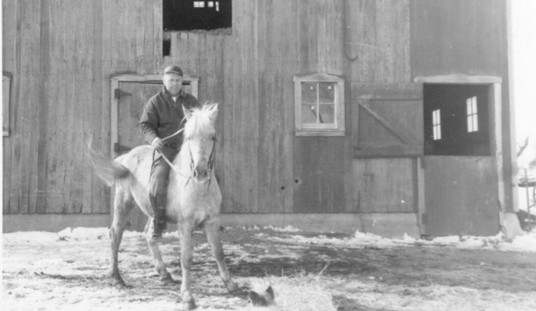
CREDIT: Federal Bureau of Prisons (public domain) https://www.bop.gov/resources/news/20160523_inmates_embrace_threshold.jsp
Yesterday, the Senate passed the First Step Act by a vote of 87-12. The First Step Act is a minor sentencing reform act tbat, in my view, should have been uncontroversial. First, it only affects the 181,000 inmates in the custody of Federal Bureau of Prisons and not the 1.3 million persons incarcerated by state.
The First Step Act does many wonderful things. It reduces sentences for drug felonies and other non-violent crimes, prevents the use of restraints on pregnant prisoners during childbirth, and limits the disparity in sentences dealing with crack and powder cocaine. This last provision could benefit thousands of federal prisoners.
The bill also allows prisoners to earn “good time credits” to reduce their time in prison if they participate in educational and other programs designed to prepare them for life outside prison so they don’t commit more crimes after they are released – and wind up back in prison.
The Republican Study Committee has said the goal of this part of the bill is to “reduce recidivism by allowing low- or minimum-risk prisoners to earn time credits toward earlier transfer to prerelease custody such as a halfway house if they participate in certain recidivism-reducing programs while in prison.”
Specifically, the bill allows prisoners to earn 10 days of “time credit” for every 30 days they participate in recidivism-reducing programs. Minimum-or low-risk prisoners can receive an additional five days of credits.
The bill also allows prisoners to earn “good time credits” to reduce their time in prison if they participate in educational and other programs designed to prepare them for life outside prison so they don’t commit more crimes after they are released – and wind up back in prison.
Perhaps the most significant part of the legislation would be that it shortens prison sentences for non-violent crimes by reducing the “three-strike” mandatory minimum sentence from life imprisonment to 25 years. It would reduce the 20-year mandatory minimum for a second offense to 15 years.
The fact is that virtually all the people in federal prison are eventually going to be released. The question for us, as a society, is how we wish to manage that release. Do they have a chance to find gainful employment or do they become wards of the state or become repeat offenders. It is equally true that the overwhelming class of federal prisoners are people who have been vacuumed up in drug arrests.

Credit: Federal Bureau of Prisons https://www.bop.gov/about/statistics/statistics_inmate_offenses.jspstory archive.
Follow @streiffredstate
I’m on Facebook. Drop by and join the fun there.
=========
=========














Join the conversation as a VIP Member